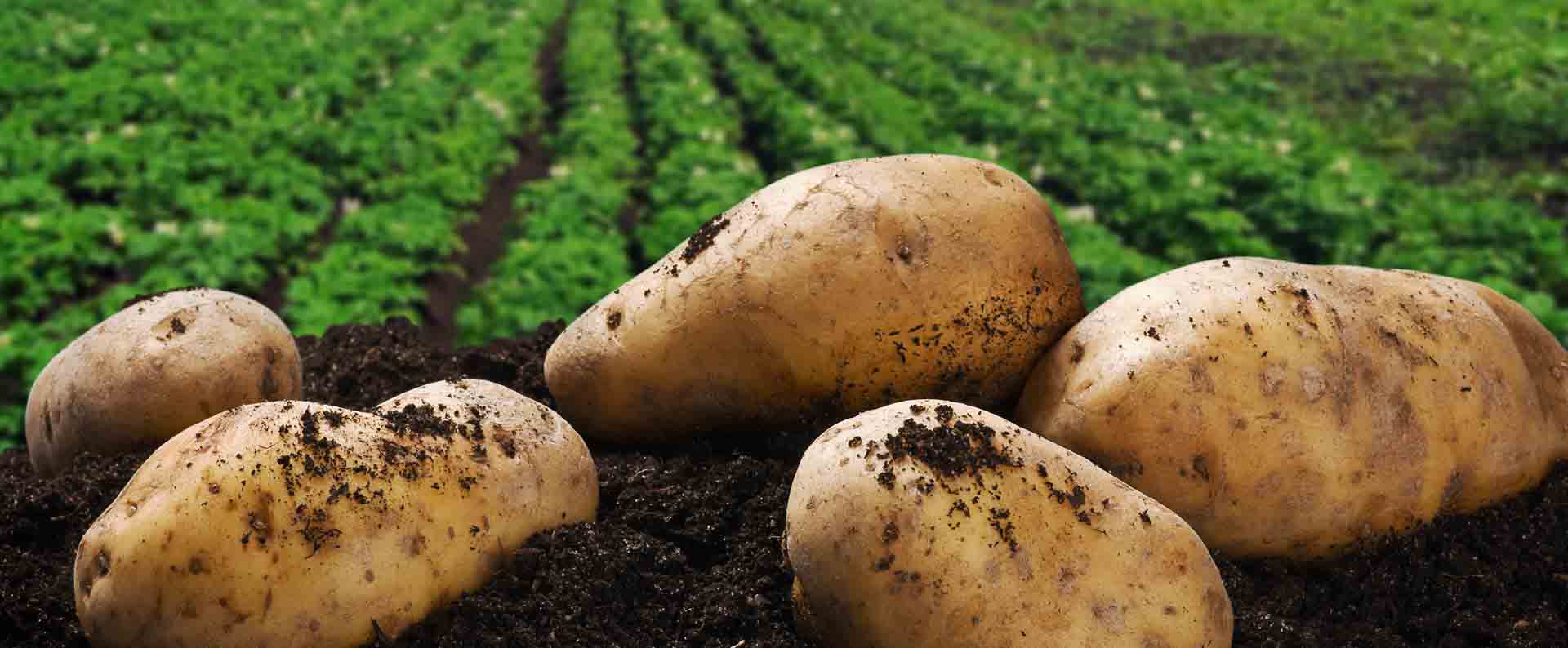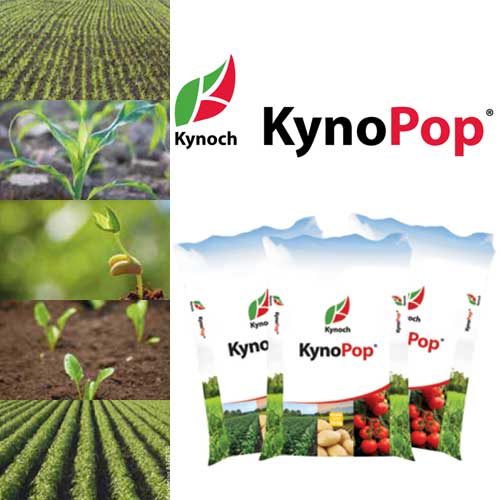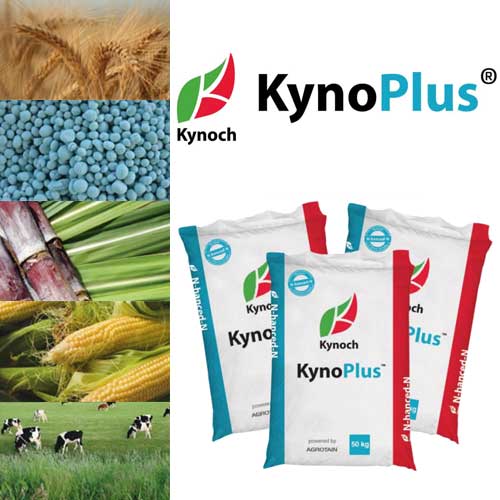
Quality Farming Fertilizer
01/09/2020
Cost-Effective Fertilizer Programs
30/09/2020Mixing Fertilizer Solutions with Ease
Megan Lourens
 Many intensive agricultural systems rely on water-soluble fertilizers that are added to the irrigation water and then fed to plants using hydroponic or fertigation systems. Mixing the nutrient solutions to support these systems can be a minefield if you are not aware of the chemistry involved! Many of us have had to cope with solid material that has precipitated or dropped out of solution, that clogged tanks, filters, pumps and drippers. Knowing what to look out for will help avoid these problems.
Many intensive agricultural systems rely on water-soluble fertilizers that are added to the irrigation water and then fed to plants using hydroponic or fertigation systems. Mixing the nutrient solutions to support these systems can be a minefield if you are not aware of the chemistry involved! Many of us have had to cope with solid material that has precipitated or dropped out of solution, that clogged tanks, filters, pumps and drippers. Knowing what to look out for will help avoid these problems.
Factors to consider:
- Water Quality – Good quality water, low in salts is much easier to work with. When the irrigation water has a high level of salts, one needs to know what they are and realise that you may not be able to dissolve the fertilizer in the same quantities. High levels of calcium in the irrigation water will react with phosphates and sulphates in the fertilizer, to form precipitates that are no longer available for plant uptake.
- Concentrate Solutions – Sophisticated irrigation systems make farmers’ lives easier by allowing them to mix concentrated solutions that are dosed into the irrigation using equipment like a Venturi or injectors. In this situation, it is essential to have a minimum of two tanks, one which contains Calcium fertilizers and the other, Phosphates, Sulphur and Chelated Micronutrients. The other nutrients can be divided over the two tanks.
- Fertilizer Solubility – Fertilizers differ in their ability to dissolve, some like Calcium Nitrate, dissolve readily and one can mix highly concentrated solutions whilst others like Potassium Sulphate are much less soluble. This will affect the maximum concentration that can be mixed and the general rule of thumb is to mix not more than 100 kg of fertilizer into 1 000 L of good quality irrigation water. This must be diluted before it reaches the crop. Much like we stir sugar into our tea, agitating the solution in the fertilizer tank will speed up the process of dissolving fertilizer. Temperature plays an important role too, there will be fewer problems in summer when the water temperature is warmer. Lastly, pH is critical in dissolving fertilizers, having an acidic pH below 6.0 will improve the solubility and thus when acid is required in a program it is helpful when added to the tank containing the phosphates and sulphates. Irrigation water high in bicarbonates will resist a drop in pH and this can limit the final concentration one can mix.
Having knowledge of one’s irrigation water quality, the factors that reduce fertilizer solubility and understanding the chemistry of concentrated fertilizer solutions will ensure that working with water-soluble fertilizers is straight forward and not a headache!






.png?v=1594369838025?v=1594369838026)